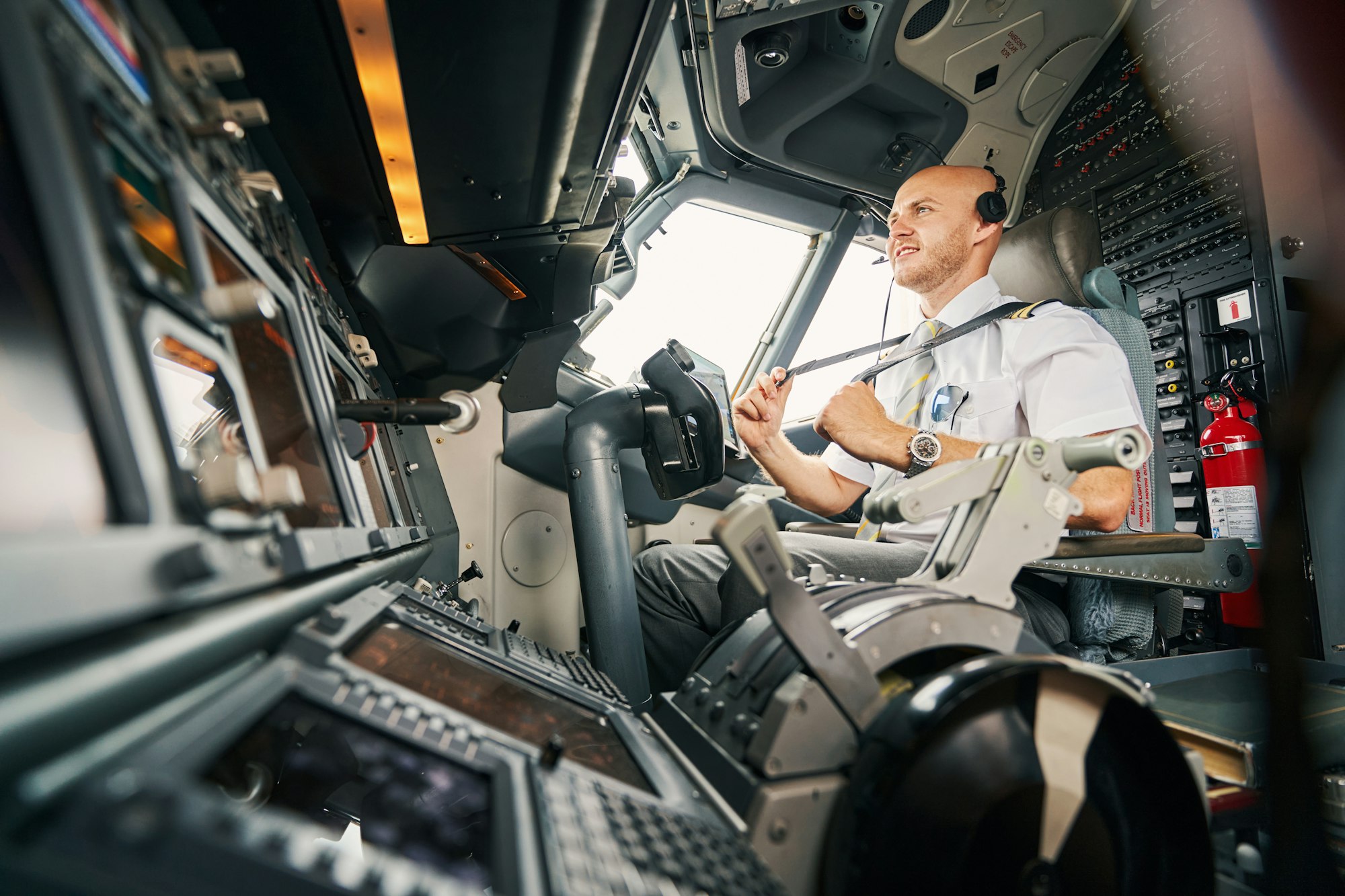In the world of aviation, pre-flight preparations are crucial to safe and efficient flight operations. The phrase “remove before flight” evokes the multiple checks and preparation steps required to ensure that the aircraft is ready for take-off without any problems. This article explores these preparations in detail, highlighting their importance to flight safety.
Pre-flight preparations
The remove before flight comprise a series of essential steps that pilots and ground staff must take before every takeoff, ensuring a safe and efficient flight. These steps begin with visual and technical inspections of the aircraft, where technicians and engineers thoroughly examine the aircraft. They check the condition of tires, brakes, wings, engines and the general structure of the aircraft to ensure there is no visible damage or signs of excessive wear.
A découvrir également : Hair transplantation: complete guide and benefits
Next, a thorough check of the on-board systems is carried out. This includes checking navigation instruments, communication systems, safety devices, and electrical and hydraulic systems. Pilots play a crucial role in this stage, ensuring that all instruments and control systems respond correctly and operate within specified parameters.
Coordination with ground crews is another vital component of pre-flight preparations. Pilots and ground staff communicate constantly to exchange information on weather conditions, flight plans and runway conditions. They also make sure that the aircraft is properly fueled, that baggage and cargo are correctly loaded and secured, and that all passengers are on board and properly seated.
Dans le meme genre : How to Effectively Use Social Media to Promote Environmental Awareness in the UK?
These preparations are crucial in detecting any potential anomalies or malfunctions before the aircraft leaves the ground. By identifying and resolving problems at this stage, teams can prevent in-flight incidents, ensuring the safety of passengers and staff alike. Rigor and attention to detail during pre-flight preparations are therefore essential to ensure that every flight runs smoothly and safely.
Aircraft inspection
Aircraft inspection is a fundamental part of pre-flight preparation. It includes visual and technical checks carried out by pilots and technicians. Pilots carry out an external inspection of the aircraft, checking items such as the wings, wheels and fuselage for visible damage. Technicians, meanwhile, check the aircraft’s vital systems, such as hydraulics, electronics and fuel. This step is crucial in identifying any anomalies that could compromise flight safety.
Removing safety guards and locks
Before take-off, it is essential to remove all safety guards and locks installed on the aircraft on the ground. These include pitot probe covers, engine guards, and other devices designed to protect sensitive aircraft components while on the ground. If these protections are not removed before flight, they can cause serious problems, such as instrument reading errors or engine damage. The procedure for removing these protections is strictly codified and forms an integral part of pre-flight checklists.
Checking on-board systems
Checking on-board systems is another crucial step in pre-flight preparation. Pilots must ensure that all navigation, communication and flight management systems are working properly. They use detailed checklists to verify each system, ensuring that flight instruments, radios and fuel management systems are operational. This step is vital to ensure that the aircraft can be flown safely, and that pilots have all the information they need during the flight.
Communication and coordination
Communication and coordination are key elements of pre-flight preparations. Pilots must communicate effectively with air traffic controllers and ground crews to ensure that all necessary checks have been carried out and that the aircraft is ready for take-off. This includes exchanging information on aircraft status, weather conditions and take-off procedures. Good coordination helps prevent errors and ensures that all preparatory steps have been followed correctly.
The role of checklists
Checklists play a crucial role in pre-flight preparations, providing a systematic and organized framework for pilots and technicians. A checklist is an essential tool that lists all the necessary steps to be carried out prior to flight, ensuring safe and efficient flight operations.
Firstly, checklists are designed to guide visual inspections of the aircraft. They detail the specific items to be examined, such as the condition of tires, wings and control surfaces. This enables technicians to detect any visible anomalies that could compromise flight safety.
Secondly, checklists include the verification of critical on-board systems. These include all flight instruments, navigation systems, radio communications, as well as safety devices such as fire-fighting systems and survival equipment. By methodically following the checklist, pilots ensure that all the systems required for a smooth flight are operational and correctly configured.
Thirdly, checklists facilitate smooth communication between pilots and ground crews. They specify the information to be exchanged concerning weather conditions, flight plans and refuelling instructions. This effective communication is crucial for coordinating the various phases of the flight and ensuring optimum resource management.
Finally, the use of checklists helps reduce human error by standardizing procedures and avoiding oversights. Each step is checked and ticked off as it goes along, ensuring that all necessary procedures have been correctly followed before the aircraft is allowed to take off.











